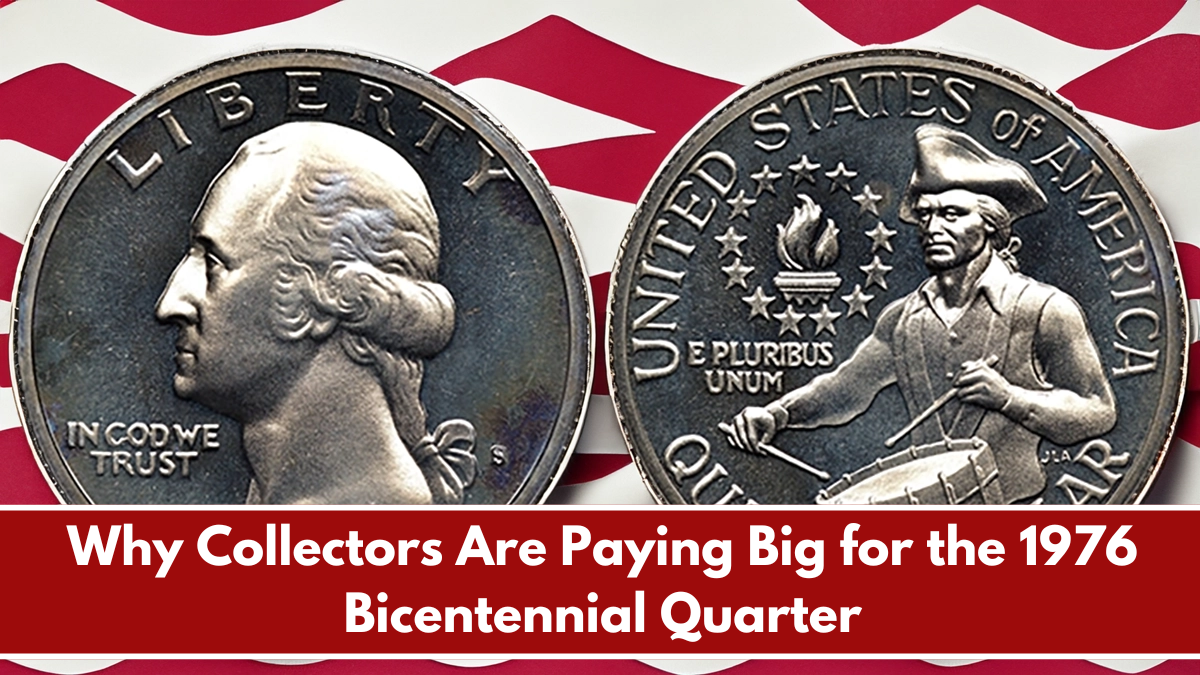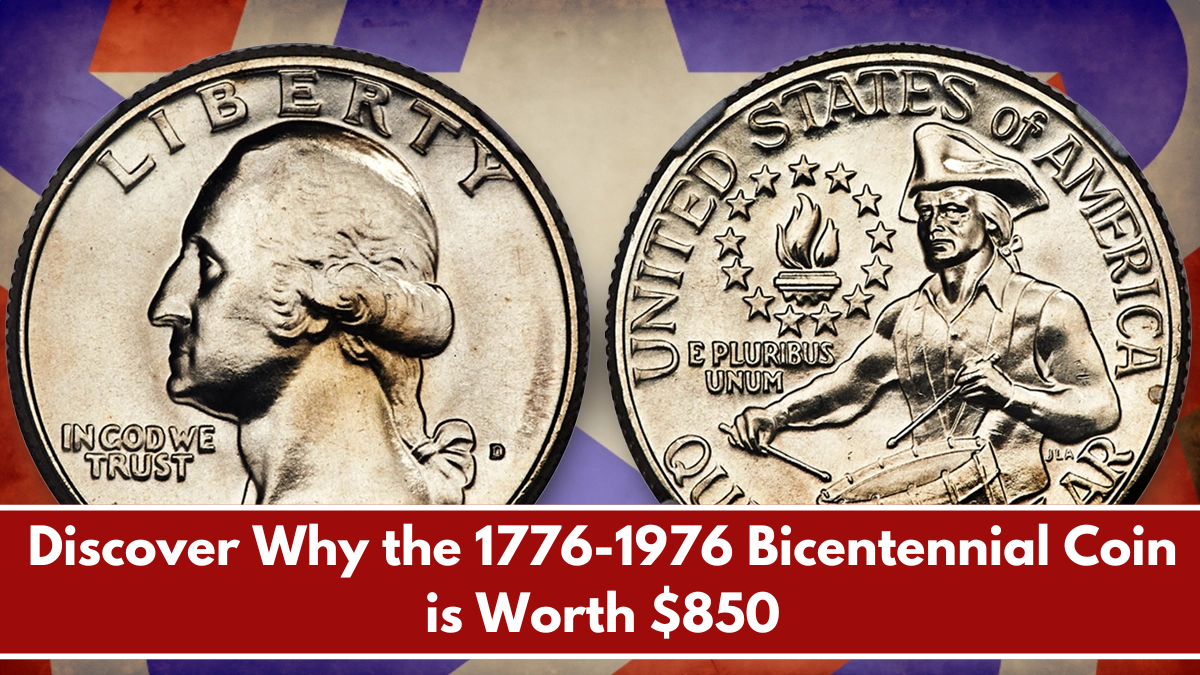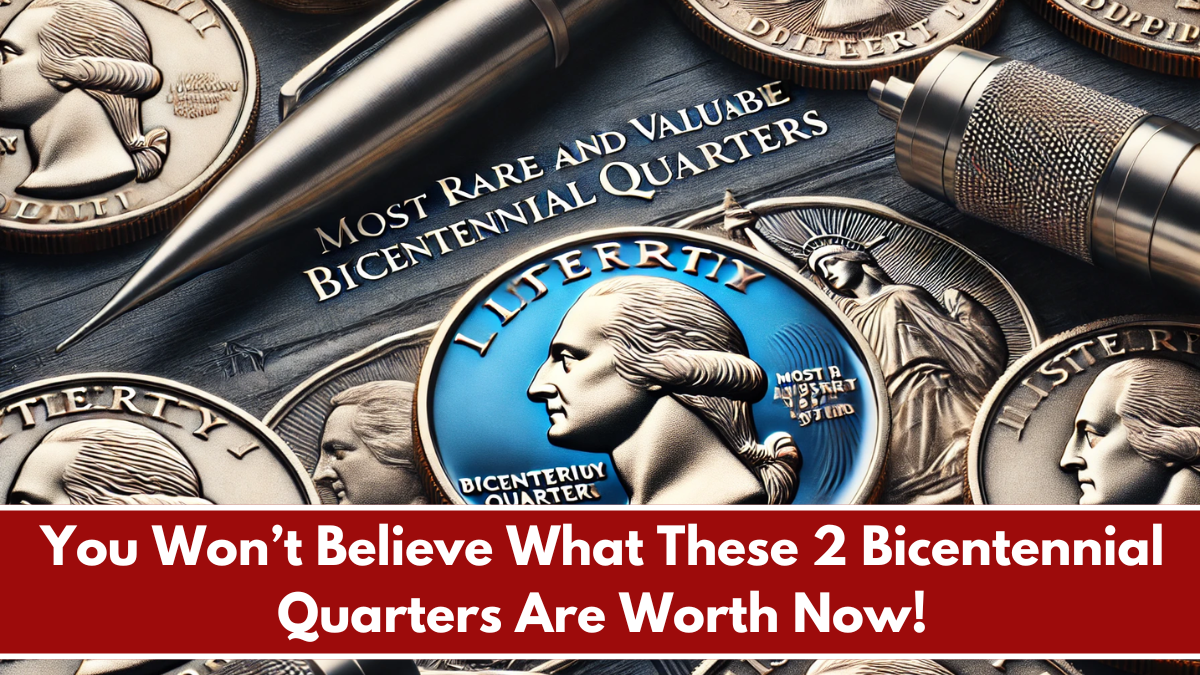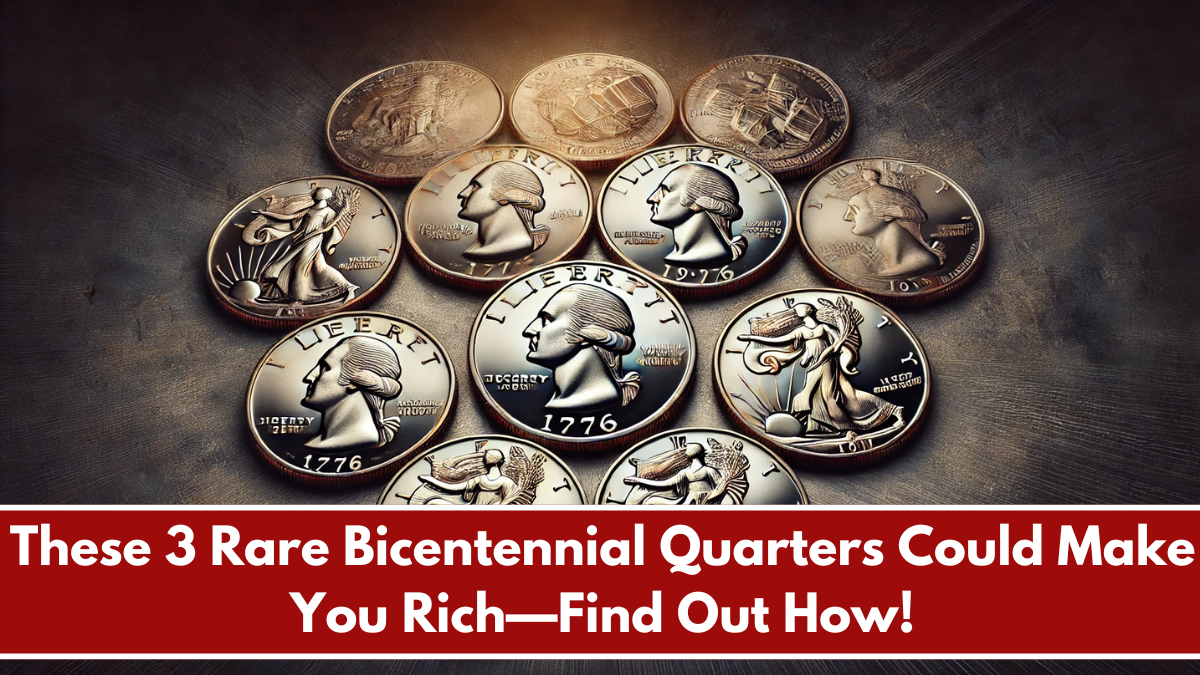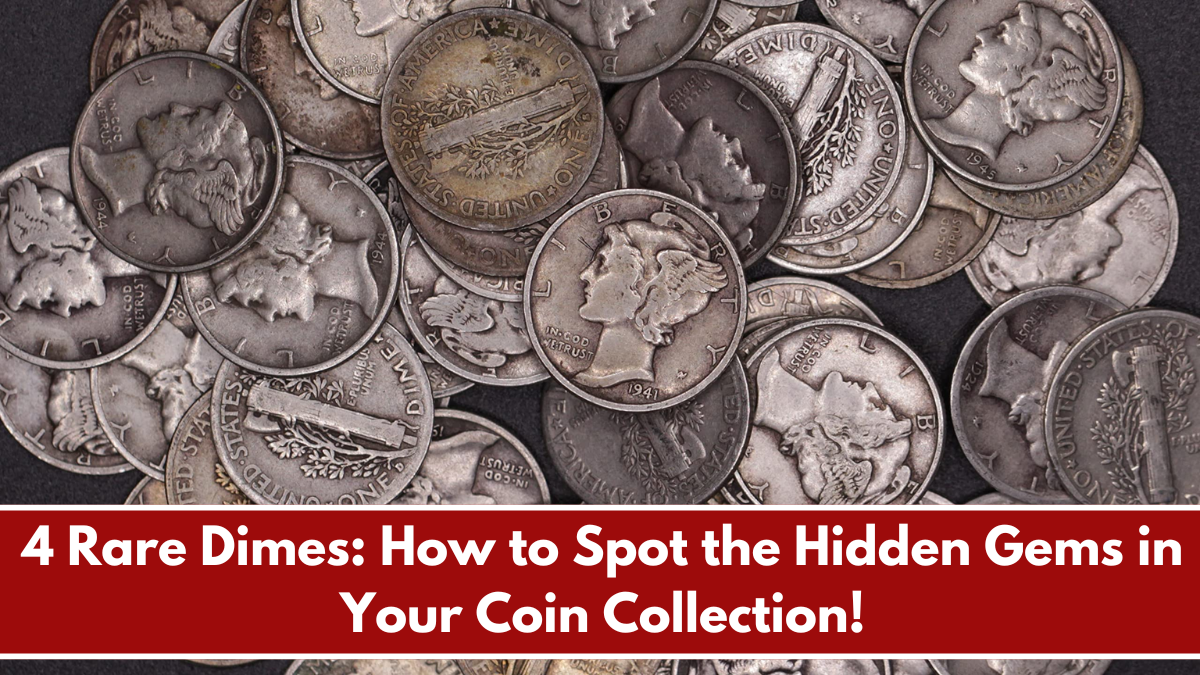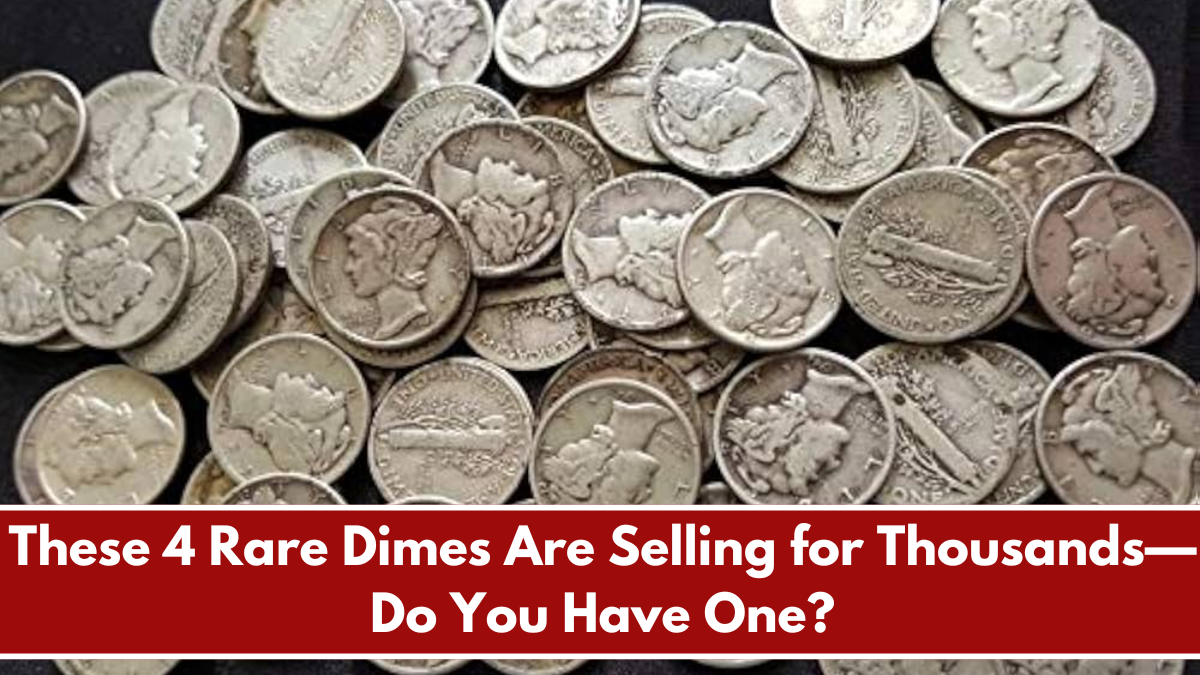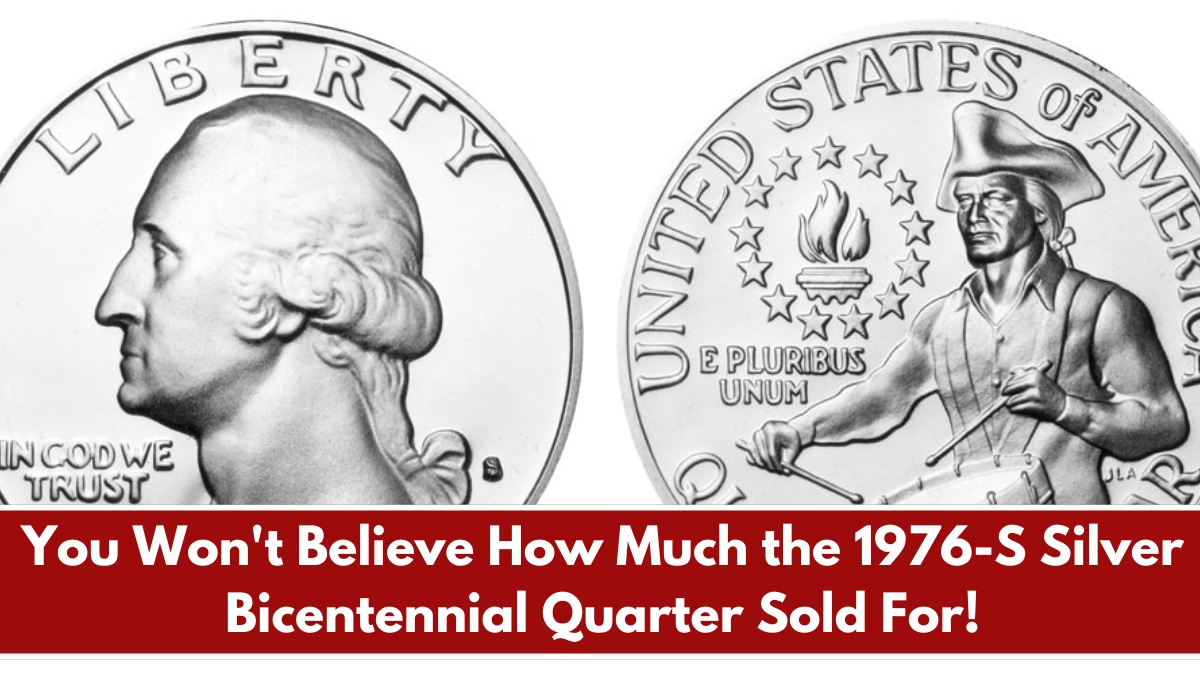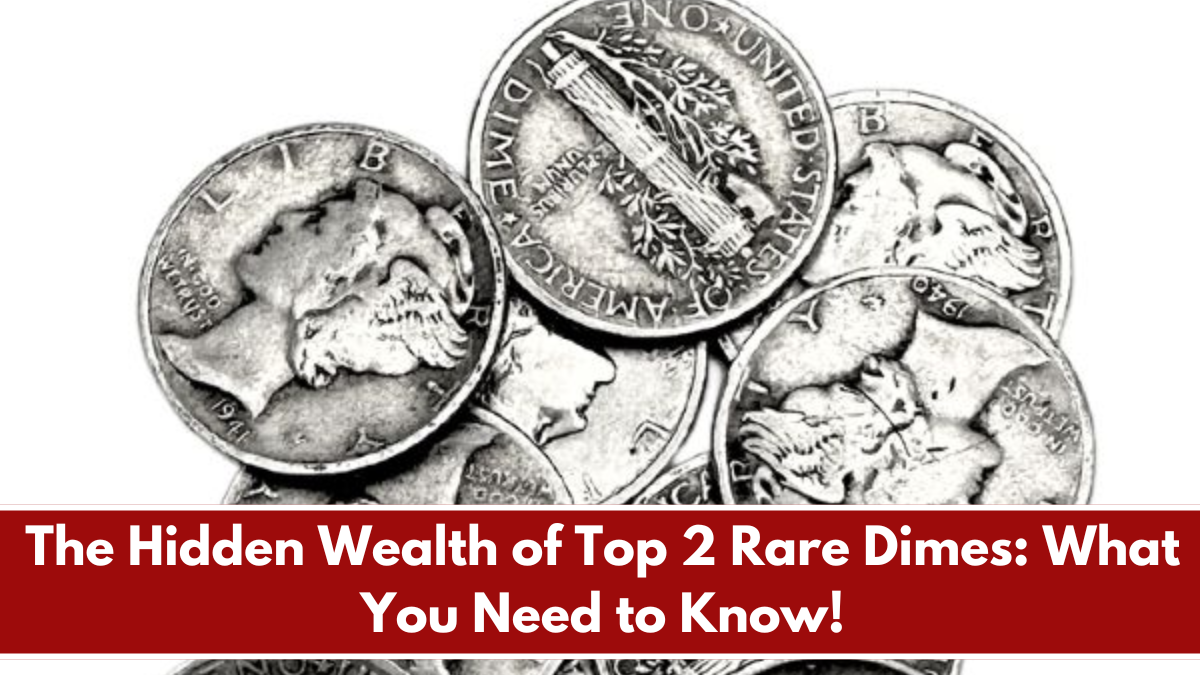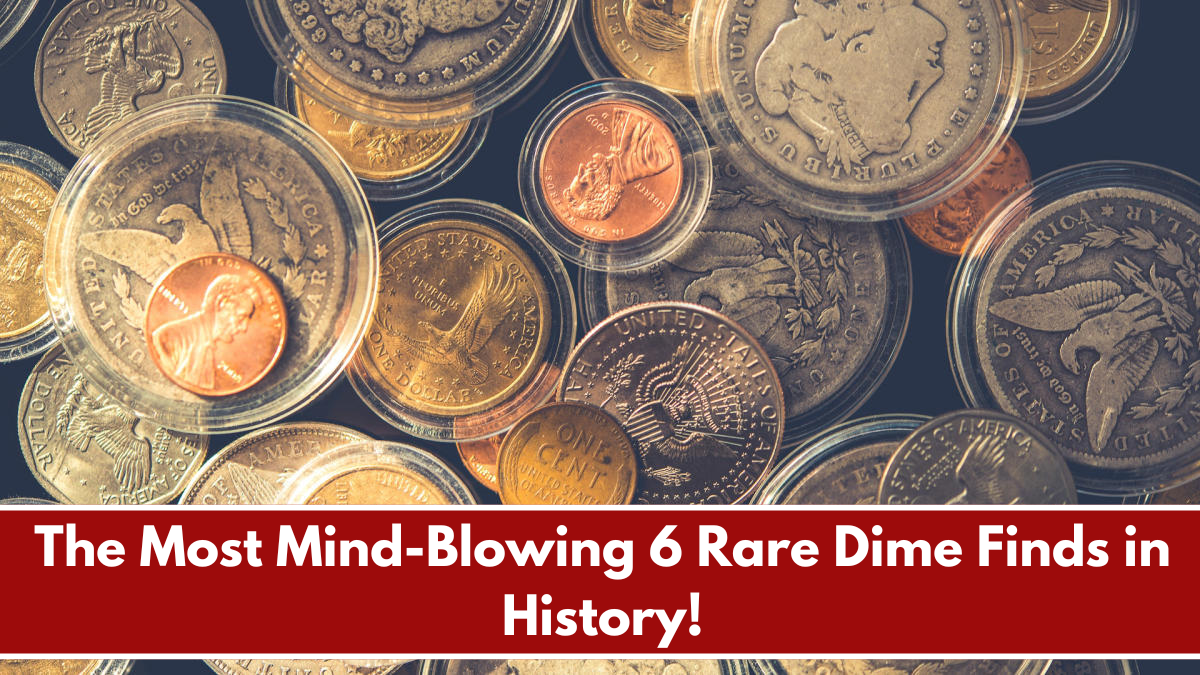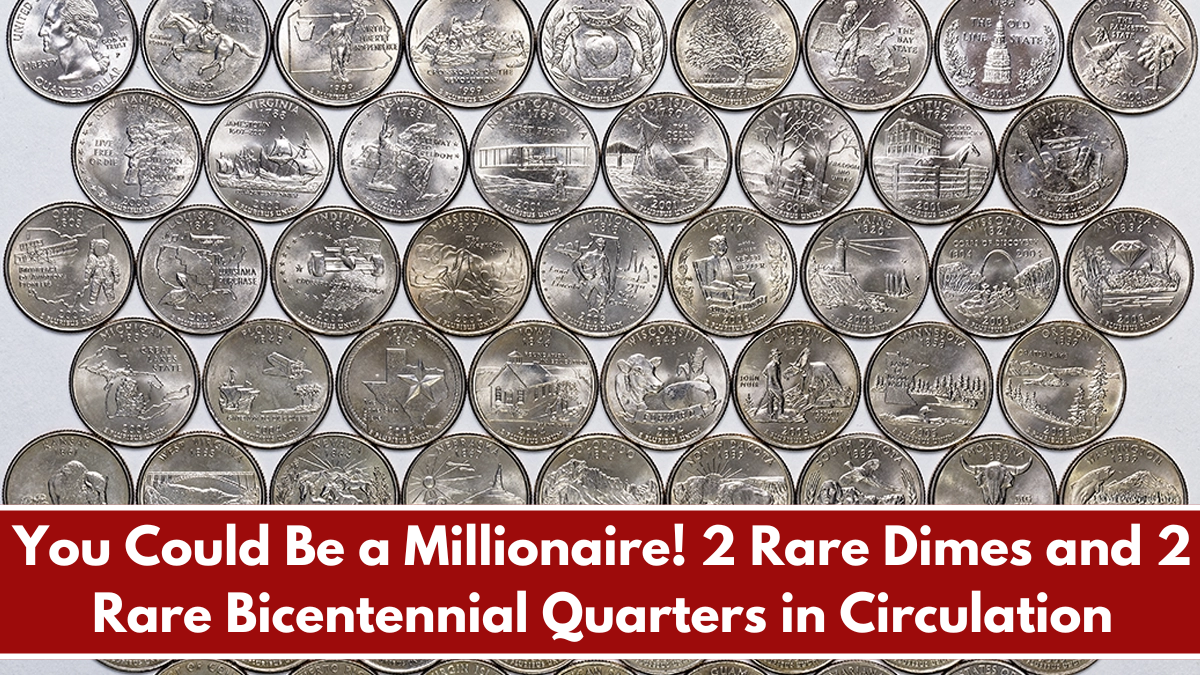Coin collecting can sometimes feel like treasure hunting, especially when the prize is hiding in your pocket change. Two rare dimes have been known to fetch astronomical prices at auction, and the good news is—they might still be in circulation! Here’s how to spot these gems in your everyday transactions.
The 1894-S Barber Dime
The 1894-S Barber Dime is the holy grail of rare dimes. With only 24 known to exist, this elusive coin was minted in San Francisco as part of an extremely limited production run. Legend has it that a San Francisco Mint superintendent struck the coins as gifts for bankers and their children. Today, the few surviving examples can sell for over $2 million. If you stumble upon this rare dime, you’ve found yourself a small fortune.
The 1916-D Mercury Dime
Another coin to look out for is the 1916-D Mercury Dime. Although over 22 million were minted in 1916, only 264,000 were struck in Denver (marked with a “D”). This dime’s scarcity makes it highly desirable among collectors. Pristine examples can fetch up to $300,000, especially if they are in excellent condition. The Mercury Dime’s design features a winged Liberty, symbolizing freedom of thought, which adds to its allure.
Hunting for rare coins is a thrilling adventure, and with the right knowledge, you might just discover a hidden treasure in your loose change. Whether you’re hoping to find the rare 1894-S Barber Dime or the elusive 1916-D Mercury Dime, the excitement of the hunt is undeniable. Keep your eyes peeled, and who knows—you might have a million-dollar coin sitting right in your wallet!
FAQ’s:
What makes a coin rare?
A coin’s rarity is determined by factors such as its mintage (how many were produced), survival rate (how many are still around today), demand from collectors, and unique features like errors or mint marks. The rarer the coin, the more valuable it tends to be.
How can I tell if my coin is valuable?
Look for key indicators such as the date, mint mark (a small letter indicating where the coin was produced), and the condition. Coins that are in mint or near-mint condition are usually worth more. Consulting a coin grading service or reference guide can help determine a coin’s value.
What is a mint mark and why is it important?
A mint mark identifies where a coin was produced. Some mint marks are more desirable because fewer coins were struck at certain mints. For example, coins from the Denver Mint, marked with a “D,” or San Francisco Mint, marked with an “S,” can be rarer.
How should I store rare coins?
Store rare coins in a cool, dry place. Use protective holders or albums to prevent wear and tear. Avoid handling coins with your bare hands, as oils and dirt can damage their surfaces.
Can I find rare coins in circulation today?
Yes! Rare coins still occasionally turn up in everyday transactions, especially dimes and quarters. It’s always worth keeping an eye on your change!




